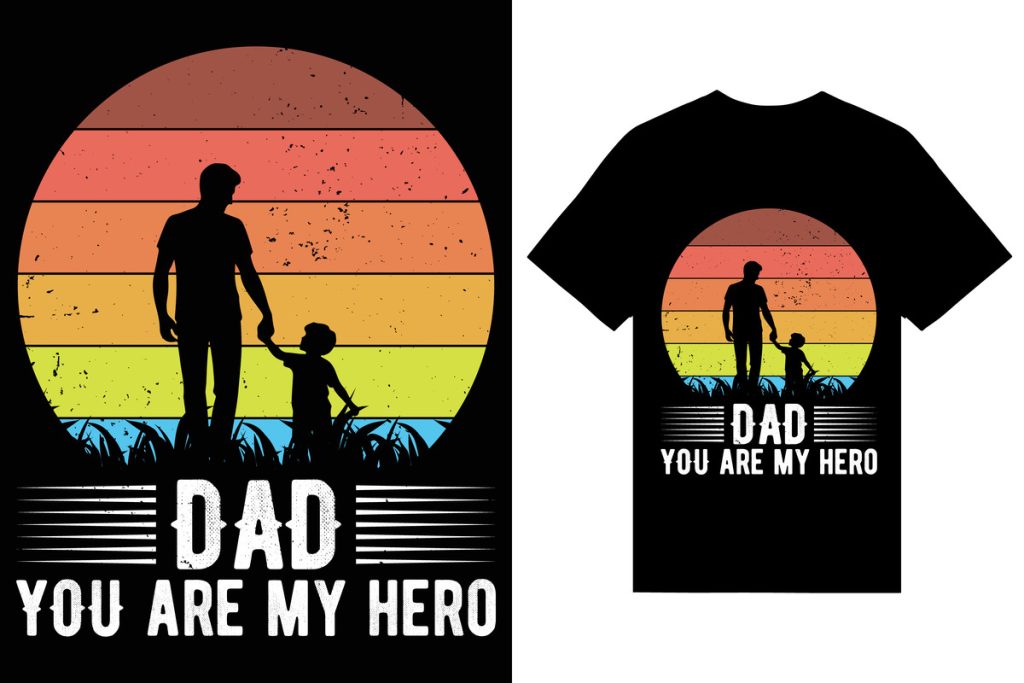Color Management in UV DTF Printing is a foundational skill for achieving vivid, consistent, and market-ready prints. In direct-to-film (DTF) printing with UV-curable inks, UV DTF color management hinges on ICC profiles UV DTF, substrate choices, and calibration for UV DTF printers. The color you see on screen often diverges from the final print due to monitor-to-printer gaps, substrate variability, and curing dynamics. A solid framework aligns source images, displays, printers, and substrates to improve color accuracy in UV DTF printing across runs. DTF color proofing and calibration, along with a documented SOP, help ensure consistent vibrancy and predictable saturation.
In other words, achieving consistent hues on UV-curable transfers hinges on color fidelity, precise calibration, and a disciplined color workflow. Think of it as aligning color spaces, device profiles, and substrate behavior so designs print true across fabrics. Related concepts—color accuracy, proofing, and repeatable color matching—are supported by ICC maps and color science tailored to UV printing. By anchoring your process in a structured approach from design intent to production, you’ll boost consistency, reduce waste, and meet customer expectations.
Color Management in UV DTF Printing: Establishing a Robust Framework for Consistency
Color Management in UV DTF Printing is the backbone of reliable, market-ready visuals. By treating UV DTF color management as a structured system, you harmonize the design stage, display accuracy, print device behavior, and substrate response. This approach relies on a deliberate workflow that emphasizes ICC profiles UV DTF, calibration for UV DTF printers, and careful management of color spaces to ensure vibrant, repeatable results across runs and fabrics.
A robust framework starts with clear decisions about color spaces, device targets, and a documented process. Designers should work in wide-gamut spaces like Adobe RGB or ProPhoto, then rely on printer-specific ICC profiles during RIP processing. Regular calibration, a defined proofing path, and thorough documentation of substrate batches and curing parameters turn color decisions into reproducible realities, aligning on-screen expectations with physical output.
ICC Profiles UV DTF: Crafting Accurate Color Reproduction Across Substrates
ICC profiles are the language that translates digital intent into printed color for UV DTF. They encode how a specific printer, ink, film, and fabric reproduce hues, so every element—from skin tones to bold primaries—receives a predictable treatment. For UV DTF, it’s essential to pair source, output, and proofing profiles that reflect your exact hardware and materials, enabling consistent color accuracy in UV DTF printing.
To maximize accuracy, maintain profiles that match each garment type, ink set, film choice, and curing condition. Reprofiling is critical after changes like a new ink batch or a different substrate coating. Paired with calibrated viewing conditions and standardized lighting, ICC profiles UV DTF become the reference against which all proofs and production prints are measured.
Calibration for UV DTF Printers: Achieving Reproducible Results
Calibration for UV DTF printers is the routine that keeps color output aligned with a reference standard. Monitor calibration ensures your screen shows colors that will be reproduced, while printer calibration tunes ink density, color curves, and linearization to deliver consistent tones. In UV DTF workflows, inline spectrophotometer measurements and targeted test prints are common practices that support reliable color reproduction.
Regular calibration supports ongoing color accuracy in UV DTF printing by reducing drift over time. Update profiles after calibration, verify neutral tones, and maintain a controlled environment to minimize variability. When calibration and ICC profiling are kept in sync with substrate and curing parameters, your prints stay faithful from batch to batch.
DTF Color Proofing and Calibration: Bridging Design and Production
DTF color proofing and calibration create a reliable bridge between the design intent and the final garment print. Soft-proofing helps you visualize outcomes in your preferred viewing environment, while hard proofs validate how the inks perform on the chosen fabric. This integrated approach reduces waste and accelerates decision-making, ensuring that color choices survive the transfer process.
A practical proofing workflow includes building substrate-specific proofs and aligning RIP rendering intents to your goals. Regular proofing against calibrated references supports the DTF color proofing and calibration cycle, ensuring that production results resemble the proof with minimal surprises in the final print.
Managing Substrate Variability: Substrate-Specific Color Control in UV DTF
Substrate variability is a major driver of color shifts in UV DTF printing. Different fabrics, coatings, and blends absorb UV inks in distinct ways, altering perceived color after curing. To counter this, create substrate-specific ICC profiles and maintain records of lot numbers and coating types so color decisions remain traceable across production runs.
Implement controls that standardize substrate properties and evaluation lighting. Use control prints on each fabric type to detect shifts early, and adjust the workflow by updating ICC profiles and calibration data as needed. Substrate-aware color management helps you preserve skin tones, saturation, and overall color fidelity from first print to last.
Troubleshooting and Best Practices for Color Accuracy in UV DTF Printing
Even with a solid system, color issues can arise. Common symptoms include gradual color shifts between runs, dull or oversaturated outputs, and off-spec skin tones. Quick checks involve reviewing ICC profile alignment, verifying curing parameters, and confirming monitor calibration to rule out perceptual errors.
Adopt best practices that support long-term consistency: maintain an SOP for color management, stage runs with standard test prints, control the printing environment, and log substrate and ink lots. Regularly review profiles and calibration results, and keep a library of substrate-specific proofs to fast-track troubleshooting across batches.
Frequently Asked Questions
What is Color Management in UV DTF Printing and why is it essential for consistent results?
Color Management in UV DTF Printing is the structured workflow that aligns source artwork, display devices, the UV DTF printer, and the substrate to produce predictable, market-ready prints. It relies on ICC profiles UV DTF and regular calibration for UV DTF printers to ensure on-screen designs match printed output. This approach improves color accuracy in UV DTF printing, maintains skin tones, and delivers consistent results across runs and fabric types.
How do ICC profiles UV DTF impact color accuracy in UV DTF printing?
ICC profiles UV DTF encode how a specific printer, ink, and substrate reproduce colors. By using the correct output profile tailored for your printer model, film, and fabric, you ensure that the colors you design are mapped accurately to the final print. Regularly updating and leveraging substrate-specific profiles helps maintain repeatable color accuracy in UV DTF printing.
What steps are involved in calibration for UV DTF printers to achieve consistent colors?
Calibration for UV DTF printers typically includes calibrating the monitor to match a reference, performing printer calibration with color targets, and creating or updating printer profiles via a spectrophotometer. This calibration workflow ensures neutral tones stay neutral and colors reproduce with intended saturation, forming the backbone of reliable UV DTF color management.
What is DTF color proofing and calibration, and how does it help manage color during production?
DTF color proofing and calibration is a feedback loop that validates color decisions before full production. Soft or hard proofs simulate the final output, allowing you to compare proof vs. production print and adjust rendering intents, profiles, or substrates accordingly. Incorporating proofing into calibration reduces waste, shortens iteration cycles, and improves color reliability in UV DTF printing.
Why is monitor calibration vs. printer calibration important in Color Management in UV DTF Printing?
Monitor calibration ensures the colors you design are accurately represented on screen, while printer calibration tunes the actual printed output. In UV DTF workflows, aligning both through consistent lighting and standardized targets minimizes perceptual and production drift, enabling more reliable color decisions from design to garment.
How can color management practices mitigate substrate variability in UV DTF printing?
To counter substrate variability, use substrate-specific profiles and test prints for each fabric type, batch, or coating. Document substrate lots, film batches, and curing parameters, and maintain standardized lighting during evaluation. This discipline helps detect and correct color shifts caused by different fabrics and coatings, stabilizing color across runs.
| Key Point | Summary |
|---|---|
| Goal of Color Management | Aims for vivid, consistent, market-ready prints by aligning source images, display devices, print devices, and substrates. Involves color spaces, ICC profiles, and calibration to ensure colors survive transfer and stay consistent across runs. |
| Color Challenges in UV DTF Printing | UV-curable inks react differently on various fabrics and coatings. Screen colors often differ from output due to monitor-to-printer mismatches, substrate variability, and curing behavior. |
| Core Elements to Align | Four core elements: source images, display devices, print devices, and substrate. Harmonizing these yields improved vibrancy, accurate skin tones, and predictable saturation. |
| Framework Steps | Define target color space, use ICC profiles matching hardware/materials, calibrate devices regularly, implement a proofing workflow, and document the process (SOPs) for repeatable results. |
| Step 1 – Prepare Artwork | Work in a color-managed environment with a wide-gamut workspace; embed color profiles and plan conversion to the printer’s ICC profile in the RIP. |
| Step 2 – Soft-Proof | Soft-proof to simulate print appearance on chosen fabric, catching color surprises early. |
| Step 3 – Convert to Printer Profile | In RIP, select the correct ICC profile for the printer, ink, substrate, and film; ensure rendering intents align with goals. |
| Step 4 – Calibrate Printer | Perform calibration with targets and a spectrophotometer to create a precise printer profile and neutral tone accuracy. |
| Step 5 – Color Test Swatch | Print a swatch including skin tones, primary colors, and neutrals; compare to a calibrated reference. |
| Step 6 – Proof & Adjust | Compare proof to production, identify shifts, and refine the workflow iteratively for continued accuracy. |
| ICC Profiles & Accuracy | Source (design), Output (printer), and Proofing (soft/hard) profiles. Use device-specific profiles, maintain standard lighting, and re-profile after hardware changes. |
| Monitor vs Printer Calibration | Calibrated monitor ensures design intent matches output; printer calibration tunes the physical print to a reference standard. |
| Managing Substrate Variability | Different fabrics/ batches vary ink absorption and color. Use substrate-specific profiles, document lots, and run control prints for each substrate. |
| Proofing & Calibration Tandem | Treat proofing and calibration as a continuous loop: build substrate-specific proofs, calibrate in the same environment, and use consistent lighting. |
| Troubleshooting Common Issues | Symptoms like color shifts, dull/oversaturated prints, off skin tones, or substrate ripples should trigger checks of ICC profiles, RIP rendering intents, calibration, and substrate characteristics. |
| Best Practices for Consistency | Maintain an SOP, use standard test prints, control the print environment, track substrate/ink lots, and regularly review profiles and calibration results. |



